Real-Time Tracking and Efficiency Gains: How YTO Express Leveraged 4G Rugged Handheld
Executive Summary
YTO Express , one of China’s top logistics companies, faced operational inefficiencies due to outdated scanning devices, delayed data synchronization, and high device failure rates in warehouse environments. To address these challenges, YTO deployed 4G-enabled rugged handheld computers across its distribution centers. This case study examines the implementation, benefits, and key lessons learned from this digital transformation, highlighting a 40% improvement in sorting speed, 99.8% scanning accuracy, and a 60% reduction in device replacement costs.
1. Introduction
1.1 Company Background
YTO Express is a major player in China’s logistics sector, handling millions of parcels daily. With increasing e-commerce demand, YTO needed a faster, more reliable warehouse management solution to maintain competitiveness.
1.2 Challenges Before Implementation
- Manual Scanning Delays: Workers used legacy barcode scanners with no real-time data sync.
- High Device Failure Rates: Consumer-grade devices broke frequently in harsh warehouse conditions.
- Inventory Inaccuracies: Misplaced parcels due to delayed system updates.
1.3 Solution: 4G Rugged Handheld Computers
YTO adopted Leeshion LS-N41U rugged handhelds with:
✔ 4G LTE connectivity for instant data transmission
✔ Industrial-grade durability (IP67, 1.5m drop resistance)
✔ Android-based WMS integration for seamless operations
2. Implementation Strategy
- Location: Shanghai sorting hub (peak volume: 500K parcels/day)
- Devices Deployed: 500 rugged handhelds
- Key Adjustments:
- Optimized 4G network coverage with signal boosters
- Customized scanning workflows for different parcel types
2.2 Full-Scale Rollout (Phase 2)
- Coverage: Expanded to 15 major hubs (10,000+ devices)
- Software Upgrades:
- Real-time tracking dashboard for managers
- AI-assisted error detection in scanning
3.2 Cost Savings & Durability
- Device Lifespan: Increased from 6 months (consumer devices) to 3+ years (rugged handhelds)
- Maintenance Costs: Reduced by 60% due to fewer breakdowns
- Labor Efficiency: 20% fewer staff required for scanning tasks
4. Challenges & Solutions
4.1 Workforce Adaptation
- Challenge: Older employees struggled with touchscreen interfaces.
- Solution: On-site training + simplified UI with large buttons.
4.2 Network Reliability
- Challenge: Some hubs had weak 4G signals.
- Solution: Installed cellular repeaters and backup Wi-Fi 6 networks.
4.3 ROI Justification
- Challenge: High upfront cost ($500–$1,000 per device).
- Solution: Payback period of 8 months via labor/error savings.
5. Future Roadmap
YTO plans to:
- Integrate 5G for even faster data speeds (pilots in Guangzhou hub).
- Deploy AI-powered cameras on handhelds for automated damage detection.
- Expand to last-mile delivery with rugged devices for drivers.
6. Conclusion
YTO Express’s adoption of 4G rugged handhelds transformed its warehouse operations by enabling real-time tracking, reducing errors, and cutting costs. This case study demonstrates how logistics firms can leverage rugged technology to stay competitive in the e-commerce era.
Key Takeaways for Industry Leaders:
- Real-time data sync is critical for modern logistics.
- Durability pays off—rugged devices reduce long-term costs.
- Employee training ensures smooth digital transitions.
Recommendation: Companies facing similar challenges should pilot rugged devices in high-volume hubs first, then scale based on ROI.
No comments


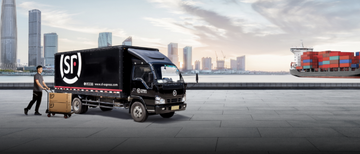
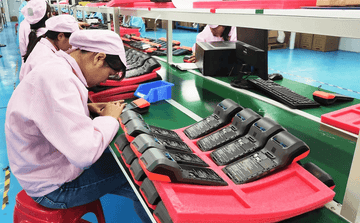

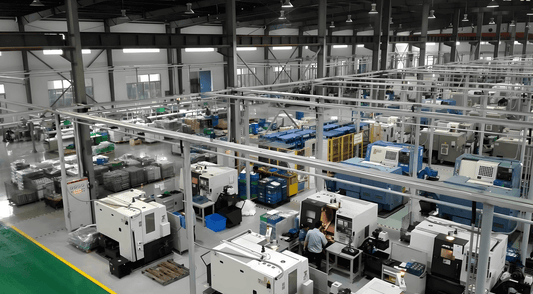
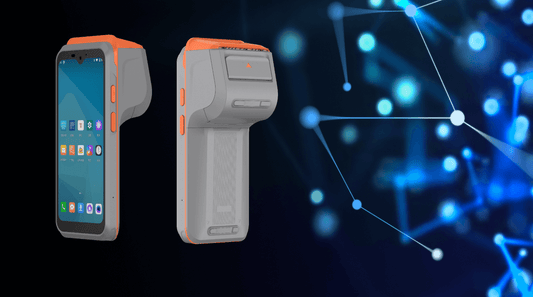
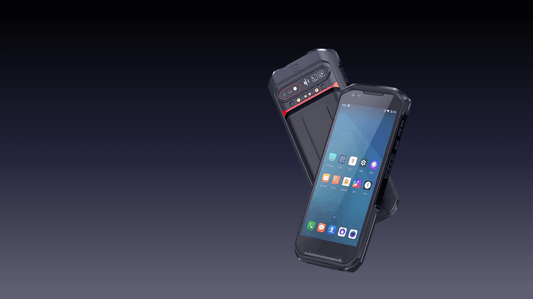
0 comments